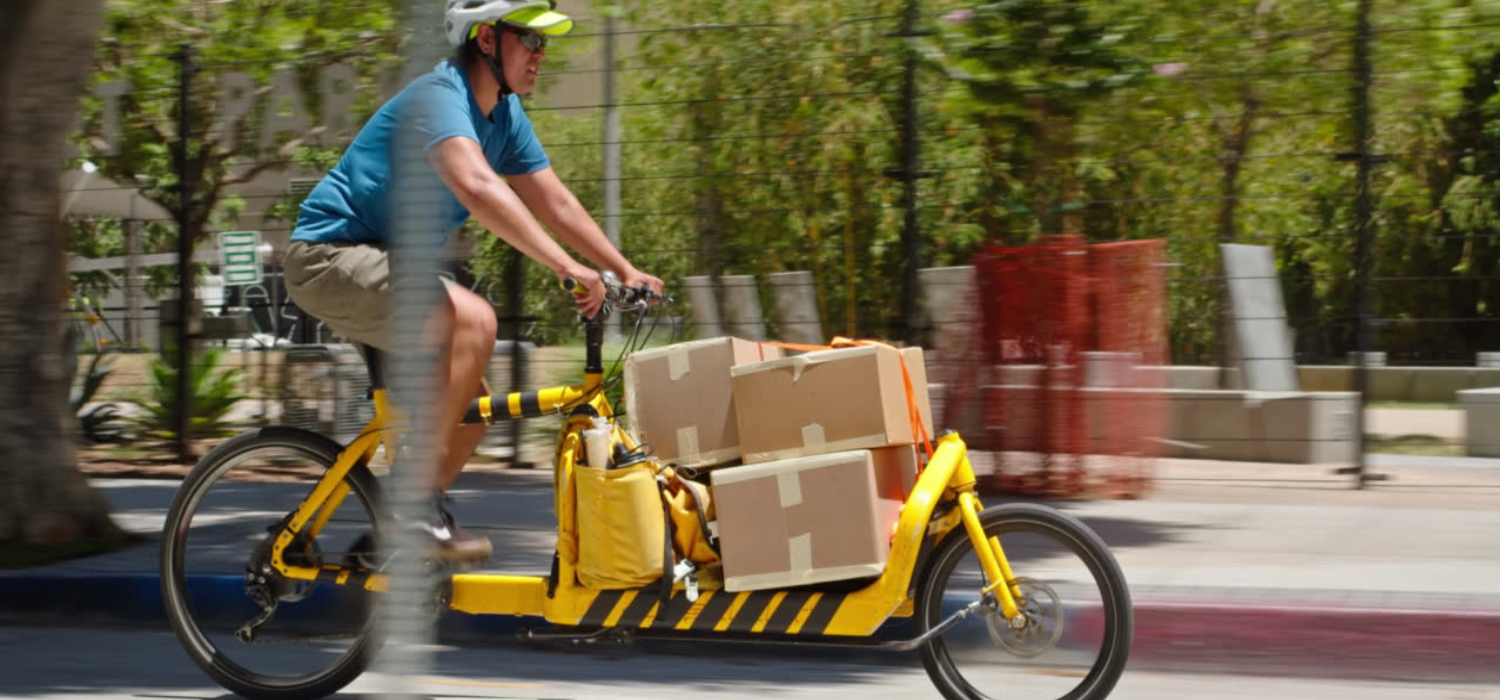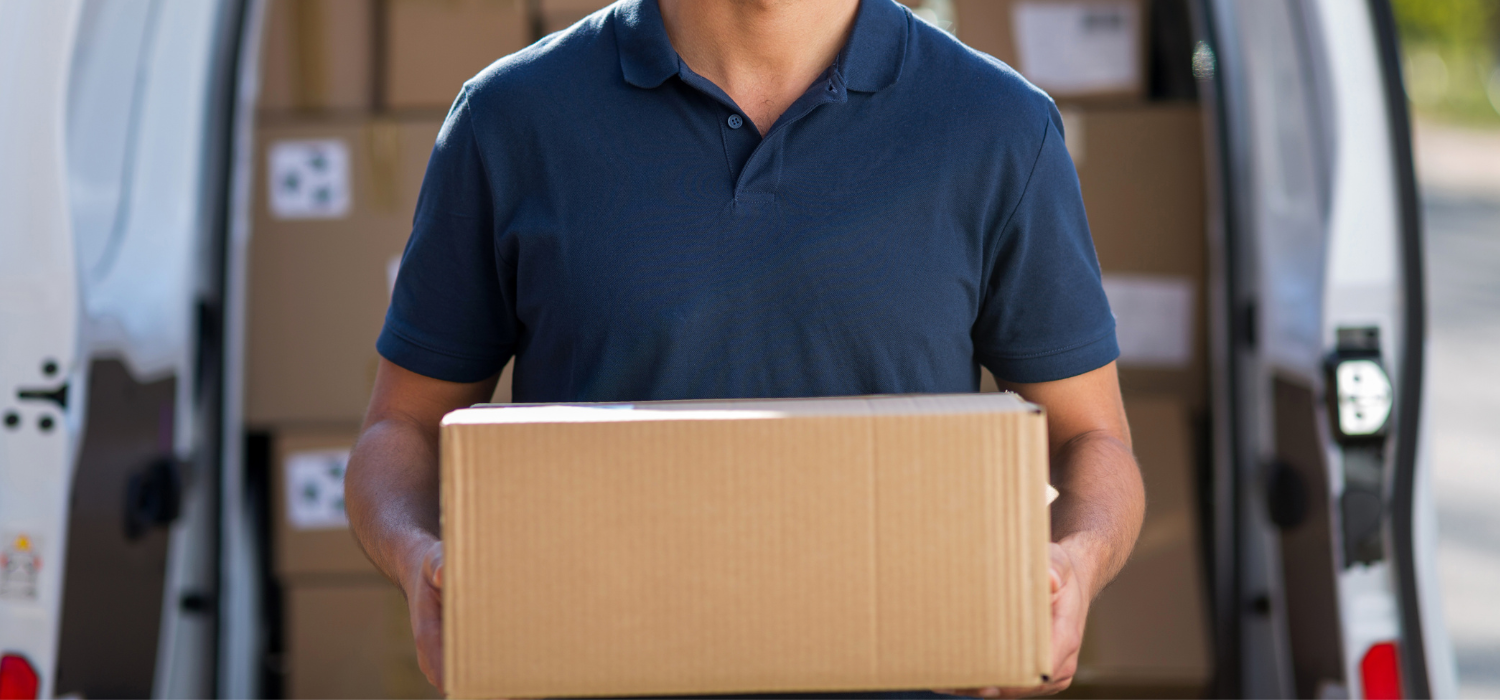As eCommerce grows, so does the need to find alternative delivery (and return) methods to traditional home delivery. This is a matter not only of sustainability, but also of practicality, when one considers that as eShoppers gradually return to normalcy in the post-Covid era, their willingness to wait for an online order to be delivered directly to their doorstep is diminishing in favor of more flexible ways that allow them to choose the location and time of pickup.
And this is where publishing logistics comes in, that is, the delivery of packages purchased online to newsstands and Pickup Points originally intended for other services. A sector that, as Andrea Liso, CEO of m-dis Distribuzione Media Spa, explains, “is proposed as best in class in terms of environmental and social sustainability,” and which we analyzed starting precisely from the experience of m-dis Spa, which also owns the PrimaEdicola brand that identifies a network of about 15,500 Italian newsstands that offer innovative services for the end customer, of which about 5,500 also allow the pickup of products ordered from digital stores. A network already integrated into GEL Proximity and available to carriers, marketplaces and online stores.
m-dis is the first Italian distribution company for publishing. How is your distribution machine organized and how have you made your services more efficient?
m-dis was born in 2004 from the merger of the distribution companies of De Agostini and RCS MediaGroup. Thanks to the strategic vision of the founders and the skills and commitment of the people who work there, it has become the country’s leading national distributor in terms of publishers and volumes distributed.
The position the company occupies within the Italian publishing system is the result of its continuous research and development of innovative services for publishers, newsagents and readers, as well as its commitment to the territory. All those who choose our circulation services have the newsstand as their first sales channel and ask the company for the utmost attention to the circulation and level of service provided to newsstands and, through them, to the reader. The world of distribution of editorial products envisages that publishers of newspapers, periodicals and figurines reach outlets by delivering editorial products to national operators who preside over transportation to the logistics hubs of some forty local distributors located throughout the country and who, in turn, deliver them to newsstands according to the periodicity of issue.

The search for efficiencies has two strategic lines: on the one hand, investments on circulation processes and systems that are constantly improved to intercept the needs of publishers and the peculiarities of an ever-changing newsstand network. The most significant investment dates back to 2014, when the birth of the Primaedicola.it platform made it possible to automate the activities of requesting back issues or booking outgoing products that previously newsagents handled over the phone. This brought the processes of order receipt, shipping by m-dis, and delivery tracking to a level comparable with e-commerce standards, with a very significant commercial impact.
From a more macro, “system” point of view, m-dis is engaged in the search for a business model that will project the more change-ready local newsstands and distributors into the future through openness to offering extra-publishing services and products. The most important tool has once again been Primaedicola.it and its integration into the IT platforms of companies selling online, thus enabling newsstands in the circuit to become pick-up points for e-commerce operators.
Between online newspapers, social media information, and eBooks, publishing today is experiencing a very challenging and changing time. How do you see the future of the industry? In this context, how are newsstands transforming?
The experience of eBooks, particularly in Anglo-Saxon countries where the spread of this new reading mode has been greatest, allows us to look to the future of publishing with the certainty that print publishing products are not destined for extinction. What is vital, however, is the spread of a business model that allows the supply chain to accept the challenge of change and remain present in the territory thanks to the economic sustainability brought by non-publishing initiatives and with a capillarity that continues to guarantee the reader the proximity of the purchase.
Newsstands are no longer just editorial products: as of 2017, customers of various member companies who place an order online, when choosing their delivery method can indicate a newsstand in our network at which to have their shipment delivered, and in some cases choose the option of paying directly at the newsstand. This is a popular service, especially in cases where customers are unable to receive the package at home or prefer to pick it up without time constraints. m-dis takes care of picking up the package from the operators’ warehouses and to convey it to the newsstand through editorial logistics, remunerating both the newsstand operator and the local distributor for the service. These services are now active at 5,500 Italian newsstands: deliveries grew 45 percent during 2022 compared to 2021, when growth was already 58 percent higher than the previous year.
More recently, in 2020, the process of “reverse logistics”, or the use of the newsstand network to pick up shipments from points spread throughout the country and converge them at a central destination warehouse, was also introduced on Primaedicola. Publishing logistics is responsible for taking them in as returns are picked up and transferred to processing warehouses. There is a 70 percent volume growth in this area.
The recent partnership of PrimaEdicola and GEL Proximity is the natural evolution of this development path. GEL Proximity’s platform will make it even easier to integrate Primaedicola’s network of 5,500 newsstands with the Merchants’ e-commerce platforms. m-dis takes this further step in the knowledge that newsstands and the entire publishing supply chain, when available, are already the preferred option for e-commerce customers for accessibility, convenience and reliability. m-dis and Gel Proximity share the same strategic perspective that sees pickup points as one of the main assets for the development and consolidation of e-commerce in Italy, with a view to service, efficiency and environmental and social sustainability.
We hear a lot about proximity commerce but also about social sustainability. What are the main benefits for a newsstand that joins your network and chooses to open up to new services, including parcel management?
On the flows of people visiting newsstands for extra-publishing services and paying attention to publishing products with the occasion, we have had a very positive return. A questionnaire that one of the merchant clients recently proposed to 13,000 users of the newsstand pickup point service also showed that 24% of those who access our newsstands to pick up a package enter there for the first time, 30% stay beyond the time required for simple pickup, and, of these, 90% make a purchase for at least €5. The search for a sustainable business model for newsstands finds comfort not only in e-commerce-related initiatives, but also in the growing interest by leading Italian and foreign companies in using newsstands as a new sales channel for their products.
Ever since time immemorial, the most attentive newsagents have been proposing alternative products that can meet the interest of their customers: it is easy to get lost in city kiosks or village stores full of books, toys, snacks and candies, T-shirts and souvenirs, stationery or phone accessories. After the pandemic, several leading companies began to take a closer look at the opportunities offered by a widespread and valued network in the area, as well as logistics that could compete with those of large retailers in terms of cost and service levels. They have begun to include newsstands in their Omnichannel sales strategy, even going so far as to study exclusive products for the channel: since spring 2020, newsstands can also use Primaedicola.it as a “wholesale” eCommerce to source products selected for their needs. More than 2,000 newsstands distributed throughout Italy already regularly use Primaedicola.it’s Shop, and in 2022 orders on the platform grew by 30 percent. We are currently planning similar initiatives in both the toy and other merchandise sectors.
In your opinion, how much does the proximity of a Collection Point affect this? In other words, how far is an end user willing to travel to use the service instead of home delivery?
The proximity of the pickup point is a key driver of customer preference for delivery to point when completing an online order or when choosing where to deliver a return. Compared to home delivery, it is a behavior that ensures maximum autonomy in decision-making about the time of pickup or delivery and, therefore, especially after the end of the pandemic and with the return to working life, it is on the rise in all nations where e-commerce use registers a significant spread. With the gradual return to normalcy, we are also registering a significant increase in order pickups or return deliveries at newsstands, whether they originate from merchants who entrust m-dis with the logistical aspects, or use newsstands with their own logistics. Among the elements that facilitate the choice of newsstands is undoubtedly the fact that the newspaper sales network maintains an important capillarity in our country. Despite the fact that the decline in sales of editorial products has led to the closure of some newsstands, those registered with Primaedicola are steadily growing: if the outlets adhering to editorial services have grown by 10 percent compared to 2018, those operating on parcel pickup and delivery, on the other hand, have more than doubled in the same period, a sign that the difficulties of the “core” sector have pushed newsstand operators to try to intercept new growth opportunities.
A second element that we believe leads to the choice of newsstands for e-commerce parcel pickup or delivery is the experience offered to the user: newsstands open very early in the morning, typically have a confidential relationship with their customers and, even if it is not the usual one, are accustomed to serving the customer promptly and efficiently. Considering then that 40 percent of Italian newsstands are kiosks and that reader attendance is concentrated in certain time slots, what has just been described often takes place without any waiting and without entering the store.
Alternative delivery methods also assume a positive impact on the supply chain in terms of environmental sustainability. How important do you think it is today to ensure sustainable deliveries and how much can this impact business choices?
Publishing logistics is proposed as best in class in terms of environmental and social sustainability. It connects publishers’ press centers with Italy’s 25,000 newsstands on a daily basis nationwide, is overnight, is virtually free of delays, and allows newsstands to be used both for packages and to buy non-publishing products “in proximity.” It is, by definition, sustainable when we consider that it does not create rush-hour traffic, does not clog cities with second-line parking, and does not clog the streets when we go to the office, take the children to school, or look for parking for our errands. Tests are underway in different parts of the country to test the feasibility of using electric vehicles to supply newsstands in city centers or to cover routes between the production plant and the local operator that are characterized by short distances and low delivery volumes; the scalability of this experimentation inevitably depends on the ability of electric vehicles to effectively cover longer distances with loads of publishing product destined for newsstands located in locations furthest from local operators’ warehouses.
The challenge is to distribute publishing products along with e-commerce parcels or other commodity categories, e.g., medicines, parapharmaceuticals, industrial spare parts, supplies for Horeca or large-scale retail. The path taken by the publishing supply chain can help solve the environmental challenge the country is facing. In other words, the publishing and newsstand logistics channel already constitutes an element of optimization in the delivery and pickup of goods and favors the reduction of citizen travel, the smart mobility that the pandemic has further accelerated, leading to a reduction in opportunities for assembly. In situations where the morphology of the territory or volumes do not allow publishing logistics to meet the demands of other sectors, m-dis and local operators are ready to shift their volumes to “third-party” logistics, so as to share the path to economic sustainability of the publishing supply chain with those who actively seek to optimize the loads and movements of their goods to decrease environmental impacts in the interest of the community.
We would like to thank Andrea Liso, CEO m-dis Distribuzione Media S.p.A, for the availability and we look forward to seeing you in the next interview!
If you are an eCommerce manager and would like to integrate your online store with thousands of Pickup Points, Lockers and Newsstands, please contact us! The PrimaEdicola Network is already integrated with GEL proximity and is therefore available to carriers and online stores. Click here to request more information now.












